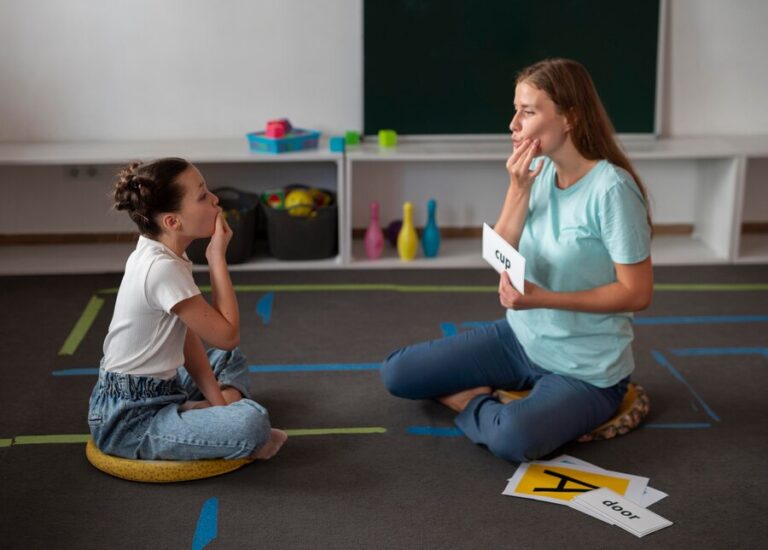Techniques And Strategies In Speech Therapy: An In-Depth Look
Speech therapy is a specialized field that aims to improve communication skills and treat speech and language disorders. It encompasses a wide range of techniques and strategies tailored to address the unique needs of individuals with various speech and language challenges. In this article, we delve into the diverse array of techniques and strategies used in speech therapy, shedding light on their applications and effectiveness.
To Know More About It Please Click Here
Articulation Therapy
Articulation therapy focuses on correcting speech sound errors by targeting specific phonemes or sounds. Speech therapists employ various exercises and drills to help individuals produce sounds accurately. This may involve repetitive practice, auditory discrimination tasks, and the use of visual aids such as mirrors to facilitate correct tongue placement and articulatory movements.
Language Intervention
Language intervention aims to improve comprehension and expression of spoken and written language. Therapists utilize structured activities, games, and storytelling to enhance vocabulary, grammar, and sentence structure. Additionally, they may incorporate augmentative and alternative communication (AAC) devices or sign language to support individuals with severe language impairments.
Fluency Shaping
Fluency shaping techniques are designed to help individuals who stutter achieve smoother and more fluent speech. Techniques such as slow speech, gentle onset of sounds, and easy breathing patterns are taught to reduce disfluencies and promote a relaxed speaking style. Speech therapists work closely with clients to increase awareness of speech patterns and implement strategies to manage stuttering effectively.
Voice Therapy
Voice therapy targets disorders related to vocal quality, pitch, loudness, and resonance. Therapists assess vocal function and develop personalized exercises to improve vocal production and reduce strain or tension. Techniques may include vocal exercises, relaxation exercises, and vocal hygiene education to promote optimal vocal health.
Oral Motor Exercises
Oral motor exercises focus on strengthening and coordinating the muscles involved in speech production. These exercises may include tongue, lip, and jaw exercises, as well as sucking, blowing, and chewing activities. By improving muscle tone and coordination, individuals can enhance their articulation and overall speech clarity.
Social Communication Skills Training
Social communication skills training targets pragmatic language skills, such as turn-taking, topic maintenance, and nonverbal communication. Therapists use role-playing, video modeling, and social stories to teach appropriate social behaviors and enhance interpersonal communication skills. This is particularly beneficial for individuals with autism spectrum disorders or social communication disorders.
Cognitive-Communication Therapy
Cognitive communication therapy addresses deficits in cognitive processes that impact communication, such as attention, memory, and problem-solving. Therapists employ cognitive training exercises, compensatory strategies, and functional activities to improve communication abilities in individuals with acquired brain injuries or neurodegenerative disorders.
Parent and Caregiver Training
Involving parents and caregivers in the therapeutic process is essential for maximizing progress and generalization of skills outside of therapy sessions. Speech therapists provide education, guidance, and training to empower families in supporting their loved ones’ communication development. This may involve modeling techniques, implementing strategies at home, and fostering a conducive communication environment.
In conclusion
speech therapy encompasses a diverse range of techniques and strategies aimed at improving communication skills and addressing speech and language disorders. By employing evidence-based interventions tailored to individual needs, speech therapists play a crucial role in helping individuals achieve their communication goals and enhance their quality of life. Continuous research and innovation in the field further contribute to the refinement and effectiveness of speech therapy techniques, ensuring that individuals receive the best possible care and support for their communication needs.
Also, Follow us on Instagram








